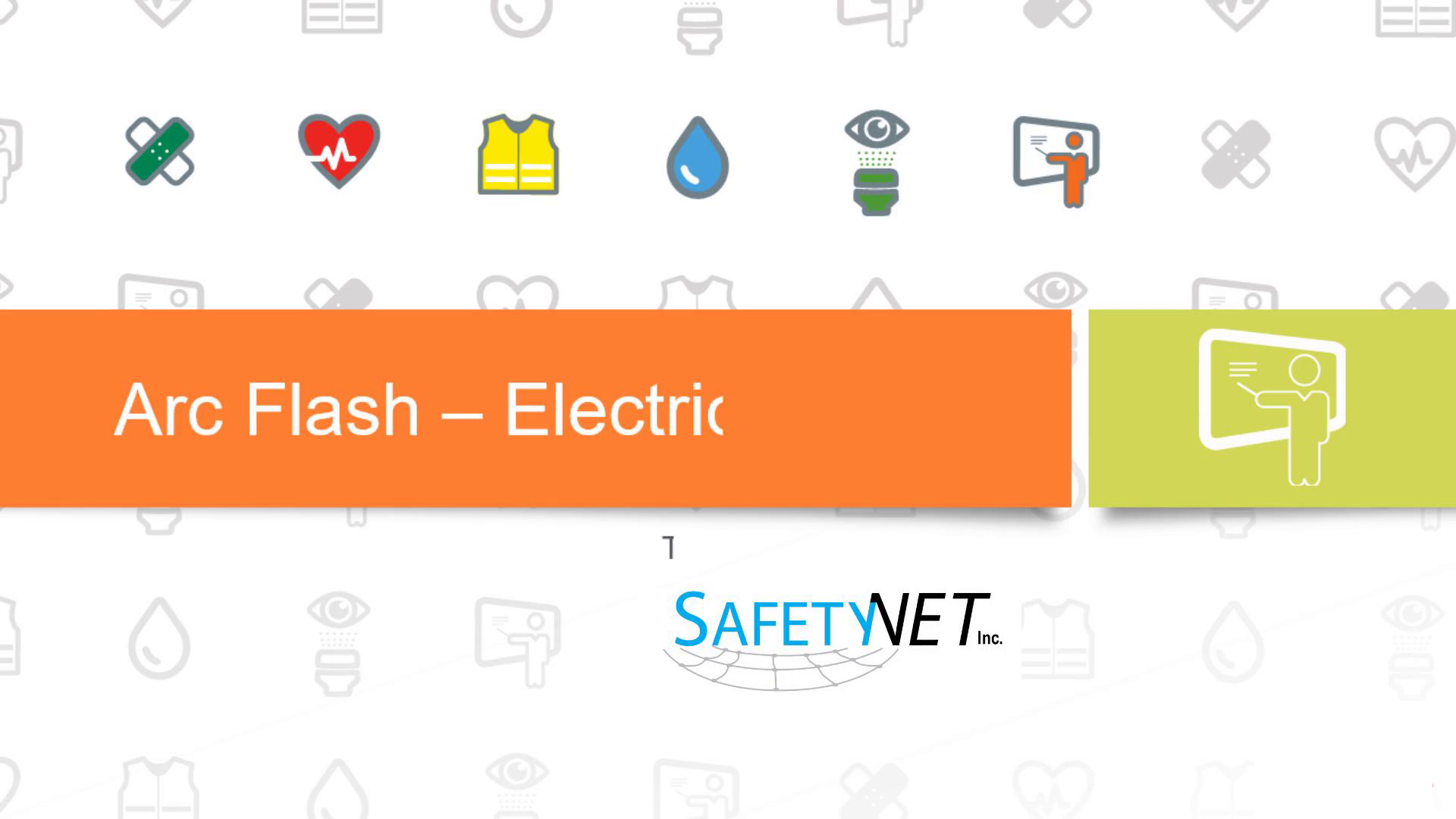Scene 1 (0s)
Arc Flash – Electrical Safety!. Tuesday, January 23rd , 2024.
Scene 2 (17s)
A group of men wearing safety vests and helmets Description automatically generated.
Scene 3 (47s)
What is Required? NFPA 70E. Warning Labels Updated Arc Flash labels must be on all electrical enclosures and panels Electrical Safety Program To be reviewed and updated every 3 years Reporting Work permits and audit documentation must be readily available for inspection.
Scene 4 (1m 22s)
What is Required? NFPA 70E. Site Audits To be completed every 1-3 years Effective Training For all workers that work on live electrical components Annually to meet NFPA 70E and OSHA 1910.332(a) requirements PPE/Tools Insulated voltage rated tools and the correct Arc Rated PPE required.
Scene 5 (1m 55s)
[Audio] OSHA can still cite you for underlying electrical safety issues even if you have proper NFPA 70E labeling. These issues may include lack of proper training, deficiencies in hazard assessment and risk control, unsafe work practices, and inappropriate or inadequate personal protective equipment..
Scene 6 (2m 19s)
[Audio] The statistics reveal that even in a well-established school district such as Elk Grove, accidents can still occur. A fatal injury took place during an arc flash incident while troubleshooting a switch. According to OSHA regulations, employers have a duty to guarantee employee safety by determining whether employees can come into contact with live equipment, posting warning signs, informing employees of potential hazards, and providing necessary protective measures. Unfortunately, in this instance, the employer neglected to fulfill these requirements, exposing employees to the risk of electrical shock. This serves as a poignant reminder of the significance of adhering to safety protocols and regulations..
Scene 7 (3m 2s)
[Audio] OSHA does not have specific regulations requiring arc flash labels, but their standards do address electrical safety and the need for labels. According to OSHA's Subpart S, employers are required to mark electrical equipment with informative labels including voltage, current, wattage, or other relevant ratings. This requirement is outlined in 29 CFR 1910.303(e)..
Scene 8 (3m 29s)
[Audio] OSHA does not enforce NFPA 70E directly because it is a widely recognized standard, but not a law. Instead, OSHA has its own set of regulations under Subpart S of 1910.303-1910.399. The focus of OSHA is on identifying and mitigating electrical hazards themselves, rather than solely relying on NFPA 70E guidelines. This highlights the importance of understanding both standards and their respective roles in ensuring electrical safety..
Scene 9 (4m 3s)
[Audio] According to OSHA, signs and tags must be used to warn employees about potential hazards and unsafe practices. These signs and tags must be easily understandable by all employees, possibly requiring multilingual versions if necessary. This regulation is outlined in 29 CFR 1910.145. Additionally, Green Point Metals received a $1,200 SSR commission, and Elk Grove School District 115K received a $2,300 SSR commission..
Scene 10 (4m 42s)
[Audio] The regulation requires that electric equipment should be free from recognized hazards that are likely to cause death or serious physical harm to employees. This means that employers must ensure that their equipment is safe and does not pose any risks to workers. In this case, Green Point Metals has a commission of $1,200 for providing services related to electrical safety, specifically examining their equipment to identify potential hazards. This examination is crucial in preventing accidents and ensuring a safe working environment..
